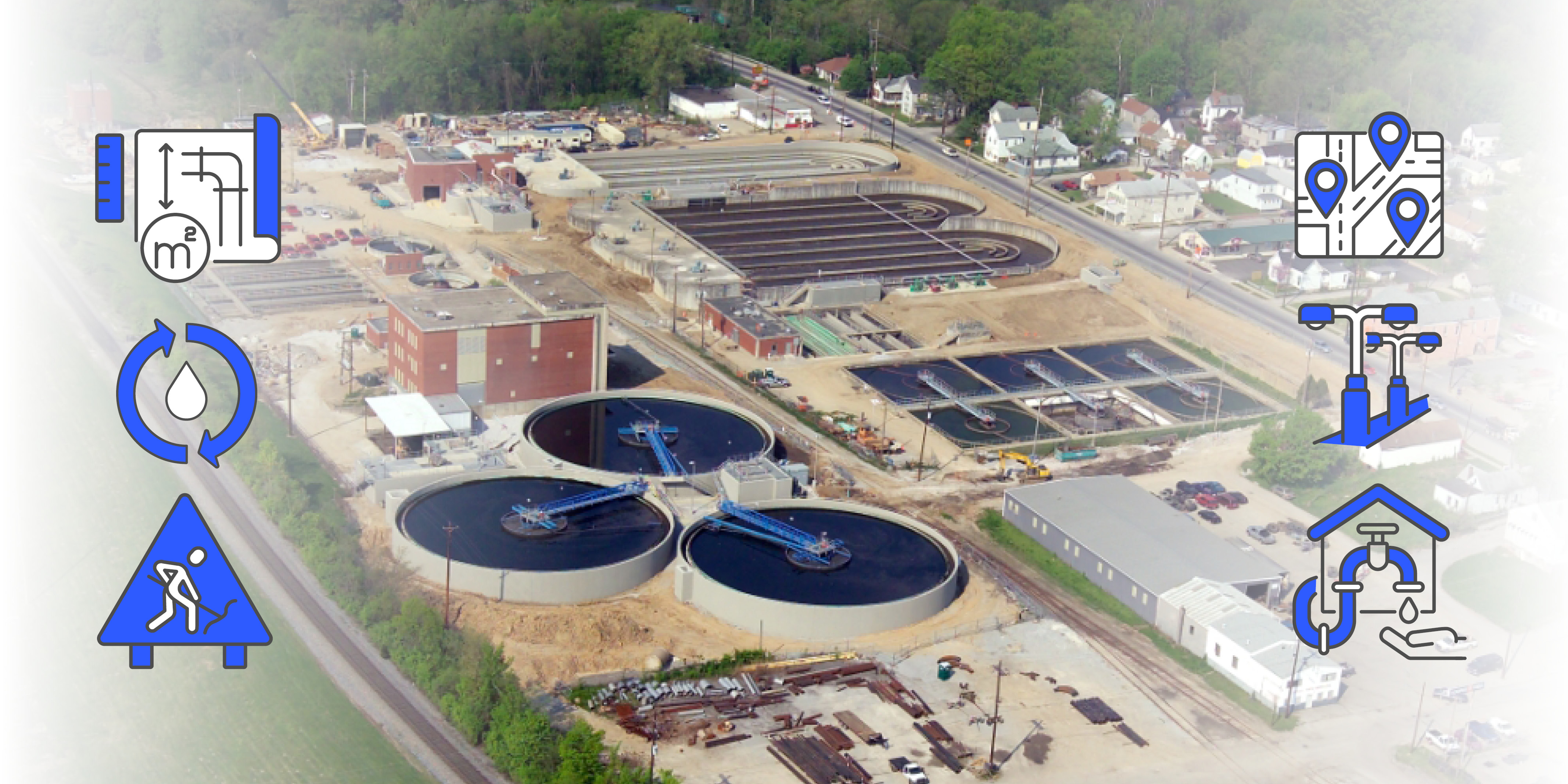Municipal, public works, and utility professionals play a critical role in balancing the service needs of their communities while managing assets in a fiscally responsible manner. Effective Asset Management Planning will provide your community with the information and best practices necessary to set priorities and make informed decisions for managing existing and future infrastructure needs.
Step 1: Inventory and Data Collection |
|
|
An asset inventory is the first step in the Asset Management Planning process. It is important to know exactly what assets you have, where they are located, their value, their condition, and their remaining useful life. Dispersed and networked assets (such as roads, signs, trees, water and wastewater networks) along with concentrated assets (such as treatment plants, pump stations, buildings, etc.) need to be incorporated into your inventory. Whether you have an existing inventory or are creating one, it is important to seek input from staff and outside agencies to be sure all assets are identified. Capturing the data in a centralized database will help catalog, analyze, and manage this information as you move forward in the process. |
|
Step 2: Project Definition and Estimating |
|
| During this step, you will determine the scope of your Asset Management Plan. Setting a clear vision and determining project priorities, based on asset condition, will guide investment decisions that support your community’s goals. By including all stakeholders, decisions can be considered from every perspective and prioritized for the overall benefit to the community. The information gathered in Step 1 will help you estimate the rehabilitation and replacement costs required to achieve the standard of service levels you wish to obtain. This early identification of potential maintenance, replacement, or growth needs will help prevent unexpected expenses and ensure longevity of your infrastructure investments. By the end of both Steps 1 and 2, you should be able to answer two questions: where are we now and where do we need to be? | |
Step 3: Program Development Recommendations |
|
| In this step, you will use the information garnered in Steps 1 and 2 to develop the tactical plan for managing your infrastructure assets. Realistic priorities for implementation will be set with consideration of asset categories, standards of service, and financial projections. This will paint the picture of what will be required to achieve the defined standard of service level for each asset category. These recommendations will provide essential information for the Capital Improvement Planning process. | |
Step 4: Capital Improvement Planning |
|
| The Capital Improvement Plan (CIP) provides a strategic plan for managing your assets over a specified time period; which is typically 5-10 years. It is the blueprint that outlines your management strategies, how much funding is necessary for implementation, and the business management processes that support the program. As you build your CIP, information from your Asset Management Plan will naturally translate into long-term financial planning. The CIP will incorporate capital projects and equipment purchase priorities, a planning schedule, funding options, and identify any challenges to meeting your goals. All stakeholders participate in this final step to create a realistic and comprehensive plan for the community. An effective Asset Management Plan and CIP are important for optimizing asset utilization and ensuring infrastructure needs are well planned for. Once completed, they will become your primary planning and decision-making tools. | |





